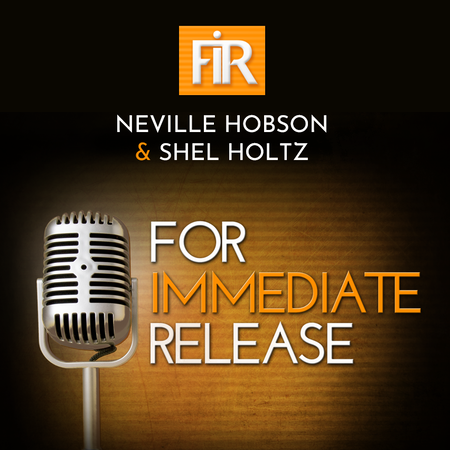
If you think about maps, you probably think about Google Maps and Street View or sat nav hardware and software from TomTom, Garmin and many others.
Maps like these – all digital and available on almost any mobile device you choose – are light years on from paper maps and how map makers envisioned the role of maps and how people would use them. It’s hard to imagine trying to go anywhere these days using only a printed paper map.
The Ordnance Survey – founded in 1791, a government-owned company whose very existence began with military mapping – isn’t a name that springs to the front of my mind when I think about digital maps and modern map publishers. The OS is all about printed maps, isn’t it?
Far from it as even a cursory glance online will show.
A report in the FT yesterday day sets the modern Ordnance Survey in better context, saying that the global market for digital mapping is expected to grow from £99 billion in 2014 to £170 billion in 2020 as location-based services on smartphones and tablets transform everything from urban planning to emergency rescue services, transport and welfare.
And the FT includes this eye opener:
[…] the epicentre of the agency’s business remains the Mastermap: a record of every building, pavement, garden, statue, and fence in the nation tracked to 40cm accuracy. This provides raw data for Google and Microsoft maps, A-to-Z city maps, routes for rubbish trucks and the emergency services, bus companies, the AA breakdown service, and most in-car GPS systems – not to mention systems used by Domino’s Pizza to deliver hot food within 30 minutes.
Using two aircraft and 300 surveyors, the data are updated 10,000 times a day as buildings are knocked down and street lights and park benches added. The data are used by government agencies and local authorities and sold to private sector businesses, accounting for the bulk of OS’s income. Information such as ownership, sale values, power supply, schools or crime reports can be added.
The market for such information is developing – drones for delivery companies may need it; driverless cars may depend on it. Mobile phone company Nokia recently sold its mapping software to carmakers BMW, Audi and Daimler for £2bn.
I’ll think about the OS now in a wholly contemporary light, with Big Data at its heart as part of the foundational infrastructure that makes up the Internet of Things.
- Read the FT’s full report: Ordnance Survey plots path into digital era.
(Picture at top via OS on Flickr, used under CC license.)












7 responses to “Mapping to the centimetre”
Mapping to the centimetre http://t.co/GAFDyqdGD7 http://t.co/7RHusaz8Rg
Hobson: Mapping to the centimetre: Tweet
If you think about maps, you probably think about Google Maps and St… http://t.co/0GcDiEYLyb
Mapping to the centimetre: Tweet
If you think about maps, you probably think about Google Maps and Street Vie… http://t.co/lbxNZZsPLS
Mapping to the centimetre http://t.co/ET9xePWo7q
Think differently about Ordnance Survey says @jangles @jangles #marketing https://t.co/WnW48R3ZHM
Mapping to the centimetre – http://t.co/tHJKA1lQXA https://t.co/LlrzBgKYMz
Mapping to the centimetre http://t.co/eLTcnepoXL